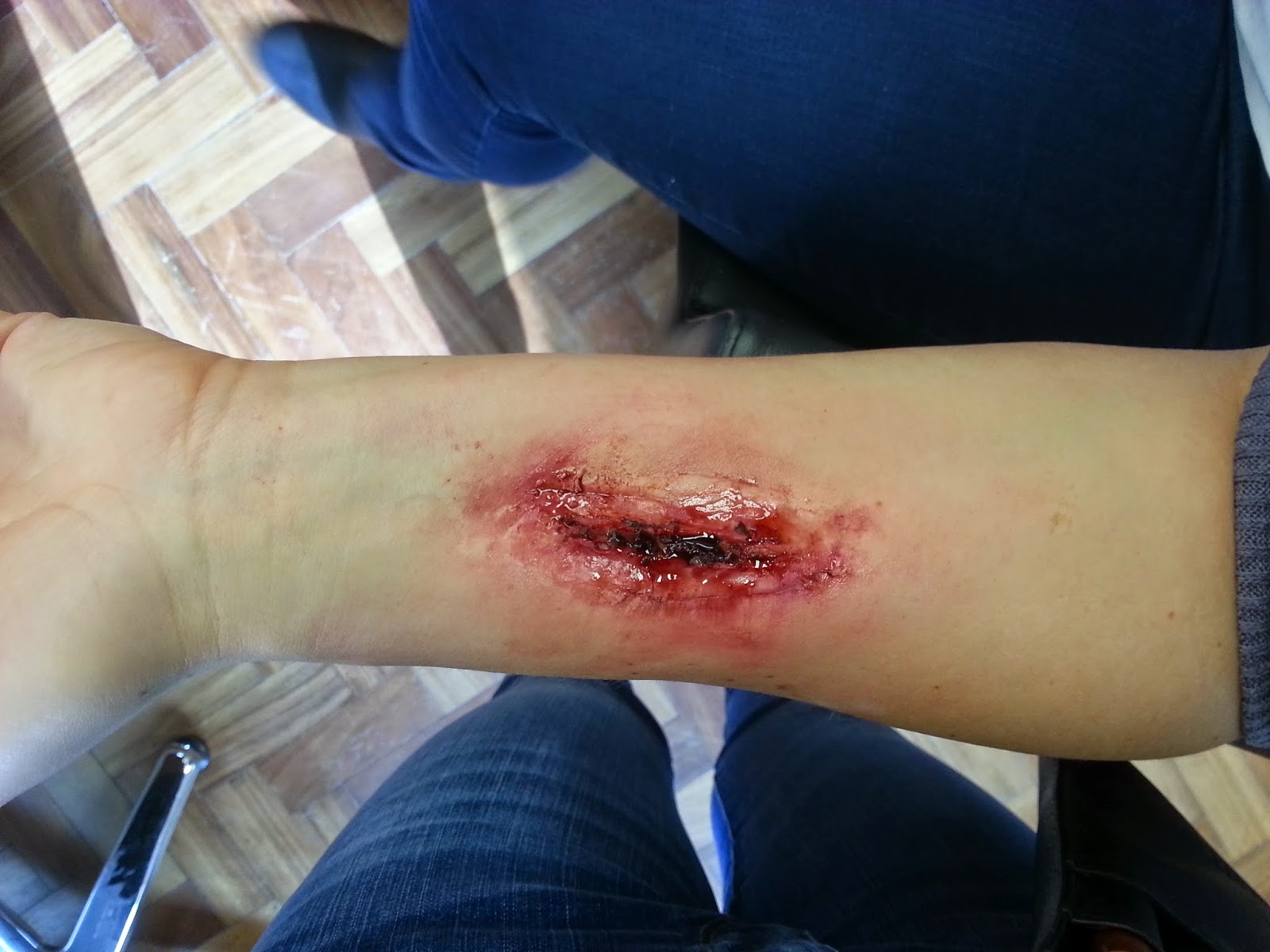Equipments:
- A comb, a paddle brush, a tail comb, a wide tooth comb
- Hair tongs
- Sectioning clips
- Hair pins
- Bobby pins
Step 2: Divide the hair into a side parting. After that, divide the hair into front and back sections (the back sections start from the ears.
Step 3: The front section: For the side parting part, create 2 curls on top and make sure when u curl them, pull the hair up and roll into the hair tong nice and tight. The curls should roll in the and follow the direction of the side parting. To remove the hair tong from the hair, turn the tong slightly and carefully remove it. After curling the hair, use hair pins to secure the curls on the hair.
Step 4: For the hair below the three curls on the top, you can create one or two curls. But this time, the curl will roll towards the face and when curling the hair, remember to forward the hair away from the face and then roll the hair into the hair tong. This will help the top part of the hair look nicer and more tight. Do the same for the other side of the front section as well, remember when curling the hair, the curl should roll towards the face.
Step 5: For the back section, start from the crown area and create curls ( the curls should lie horizontally). Then, secure the shape with hair pins.
| http://31.media.tumblr.com/02c164601fe735ba877e0948c99766be/tumblr_mgds3gRU5u1rues1oo1_250.png |
| http://i.ytimg.com/vi/fJqEKYb-5FM/maxresdefault.jpg |
Step 2: Use the wide tooth comb because you don't want to pull out the curls and carefully comb the top part of the hair. It helps to bring the hair together and also makes the hair look more volume and don't look flat.
Step 3: Take a piece of hair on the side and roll the hair. Secure the front part of the hair with bobby pins and use a hair pins to secure the back part (lift the pin up and bring down). Do the same on the other side as well.
Step 4: Loose the front part of the hair a bit and then pin the curls. Use the bobby pins to pin down the area where the curls will not fell and then use a hair pin to secure the curl. During the lesson, I have joined the three curls together, but you can do it separately and pin them down individually.
Hairstyle 2:
 |
| https://s-media-cache-ak0.pinimg.com/236x/8c/fb/67/8cfb67b288f05862301fe2ab850a1a82.jpg |
Step 2: Use the paddle brush and take a section of hair into your hands. Bring the brush underneath and over the top so to create a nice wave shape. For the front part of the hair, you can use hair spray to fix the shape and it will create a nice curve of hair.
Hairstyle 3:
| http://static.socialitelife.com/uploads/2011/11/alexandra-breckenridge-crack-11082011-05-675x900.jpg |
Step 1: In order to create hairstyle 3, after you have brushed through the hair, like hairstyle 2, shake the head and hairstyle three is done! You can use the wide tooth comb to lift up the hair at the front a bit so to make the hair look more volume.
Thoughts about the lesson:
In this lesson, I've learnt the importance of positioning the curls and the direction how you curl the hair affects what the hairstyle will look like at the end. I'm appreciate with the hairstyles that I've done during lesson and in order to improve next time, for hairstyle 2, I should brush the end part a bit more so to make it look more neat and create a nicer wave hairstyle.















































